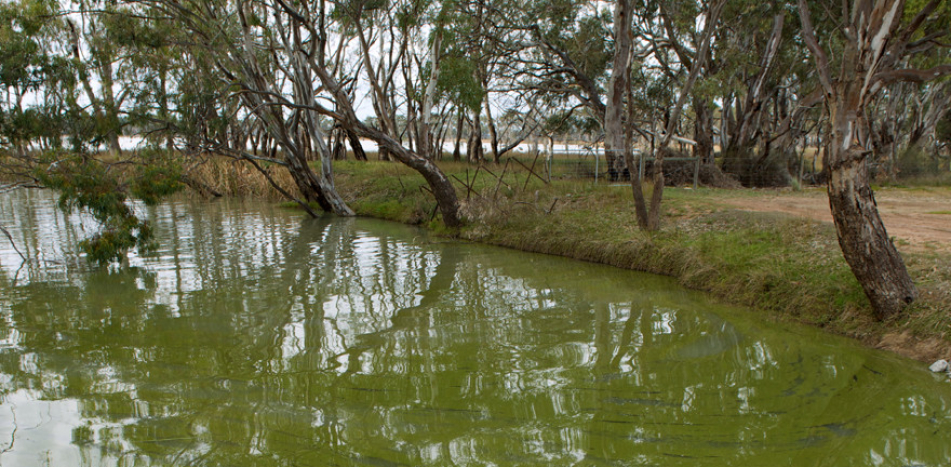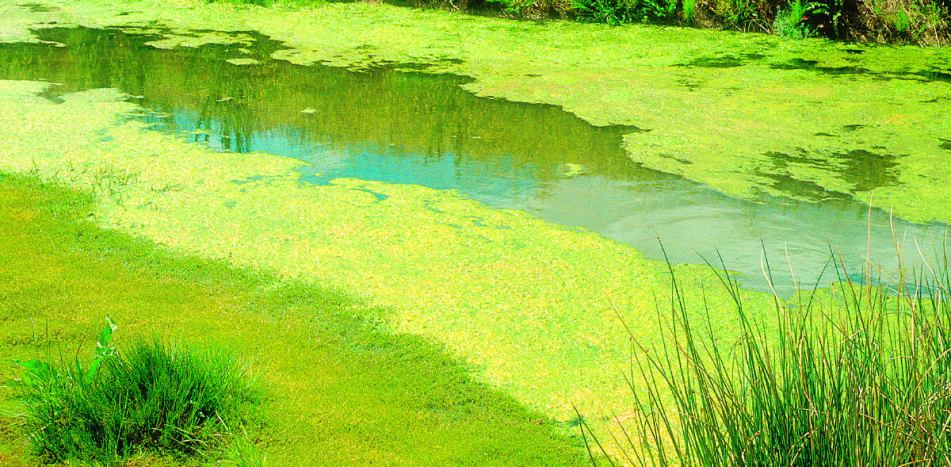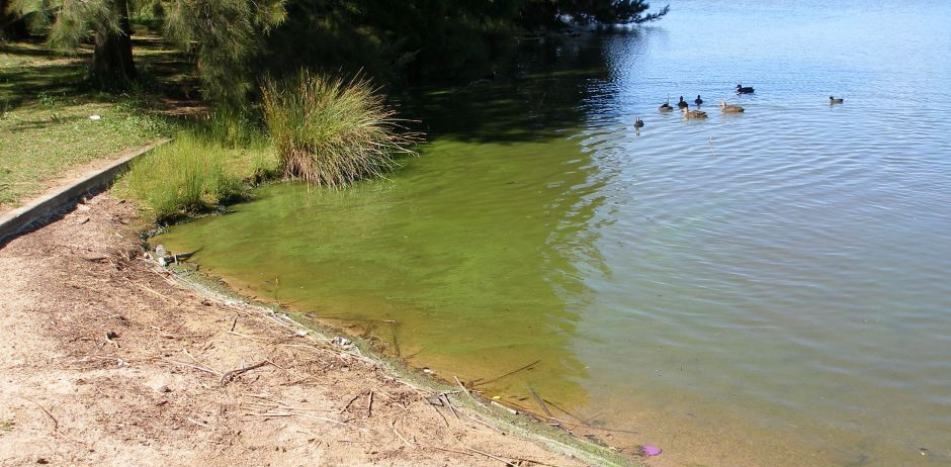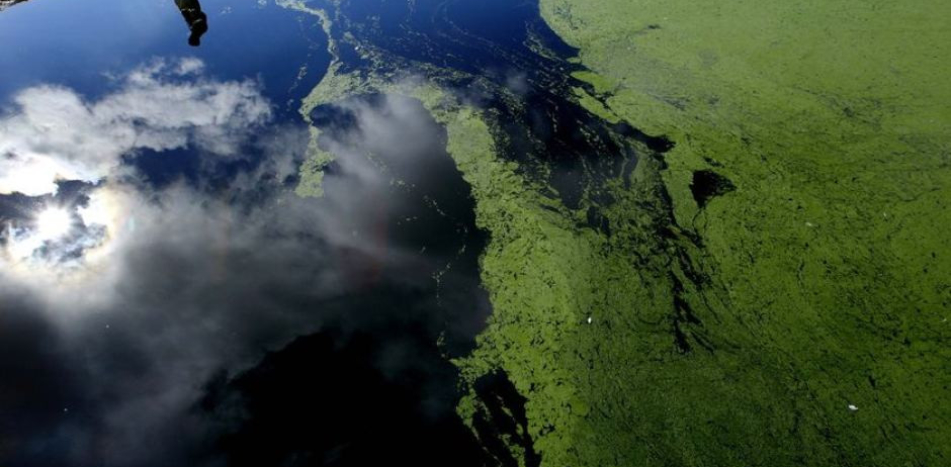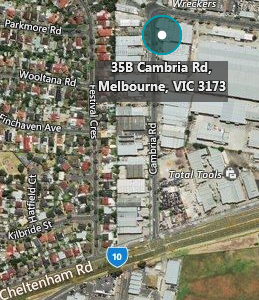Blue Green Algae Removal from Water
‘Blue-green algae’ or cyanobacteria are a type of microscopic, algae-like bacteria which inhabit freshwater, coastal and marine waters.
Cyanobacteria photosynthesise like plants and have similar requirements for sunlight, nutrients and carbon dioxide to grow and produce oxygen. There are many different varieties of blue-green algae. While often a green or blue-green colour, they can also be white, brown, blue, yellow-brown, or red.
If conditions are suitable, blue-green algae can increase to excessive levels and form visible ‘blooms’ which can adversely affect water quality. Poor water quality and the potential for toxicity means that blue-green algae can cause environmental problems, disrupt drinking water supplies, recreational activities and water-dependent industries, and pose a risk to livestock, wildlife and human health. Therefore blue green algae removal from water must be taken seriously.
What are the causes of blue-green algae blooms?
Blue-green algae can reproduce quickly in favourable conditions where there is still or slow-flowing water, abundant sunlight and sufficient levels of nutrients, especially nitrogen and phosphorus. In still conditions, surface water may form a separate warm top layer (‘stratification’) in which blue-green algae is able to access sunlight and nutrients. If these combined factors are present for several days, algae multiply and form large ‘blooms’. The process of excess nutrients causing rapid growth of the aquatic plant and bacterial life in a water body is known as ‘eutrophication’.
Nutrients are either naturally present in sediments or are washed into water systems. In particular, phosphorus may be stored in significant amounts in sediments and released by normal bacterial activity. External sources of nitrogen and phosphorus are agricultural fertilisers, household products, sewage effluent, and stormwater runoff, all of which can enter receiving waters either directly or during rainfall events. The availability of varying levels of nitrogen and phosphorus can affect which species of blue-green algae dominate and form blooms.
Blooms can form in response to increased temperatures and phosphorus levels even if nitrogen in water remains low, as some blue-green algae species can obtain nitrogen from the atmosphere.
What are the effects of a blue-green algae bloom?
The main effects of blue-green algae blooms are deterioration of water quality and production of toxins by some species. Exposure to algal toxins has been linked to fatalities of livestock, wildlife and pets.
Decaying algae can reduce dissolved oxygen levels in the water column which can severely degrade aquatic ecosystems and lead to the death of aquatic organisms and hence, a decline in biodiversity.
Outbreaks of blue-green algae may have economic consequences from restrictions to the consumptive use of water and recreational activities due to health and aesthetic concerns. Some species of blue-green algae can produce neurotoxins, hepatotoxins, allergens or irritants to the skin and eyes, as well as compounds that affect the taste of water and produce unpleasant odours. In severe cases, the toxins can cause damage to the liver and nervous system and there have been human deaths associated with non-routine exposure to algal toxins through dialysis.
When a bloom is detected, alternative sources of water should be sought for human consumption and domestic purposes until specialised treatment processes can be introduced. Boiling water does not destroy algal toxins and can, in fact, release more toxins as the blue-green algae are killed. Irrigators are usually advised to avoid using contaminated water on edible crops or, if this is not possible, to avoid direct spraying.
How can blue-green algae blooms be managed?
Ask for a free quote. We can supply customised solutions for the treatment of blue-green algae and eliminate any toxins from the water as per your need.

